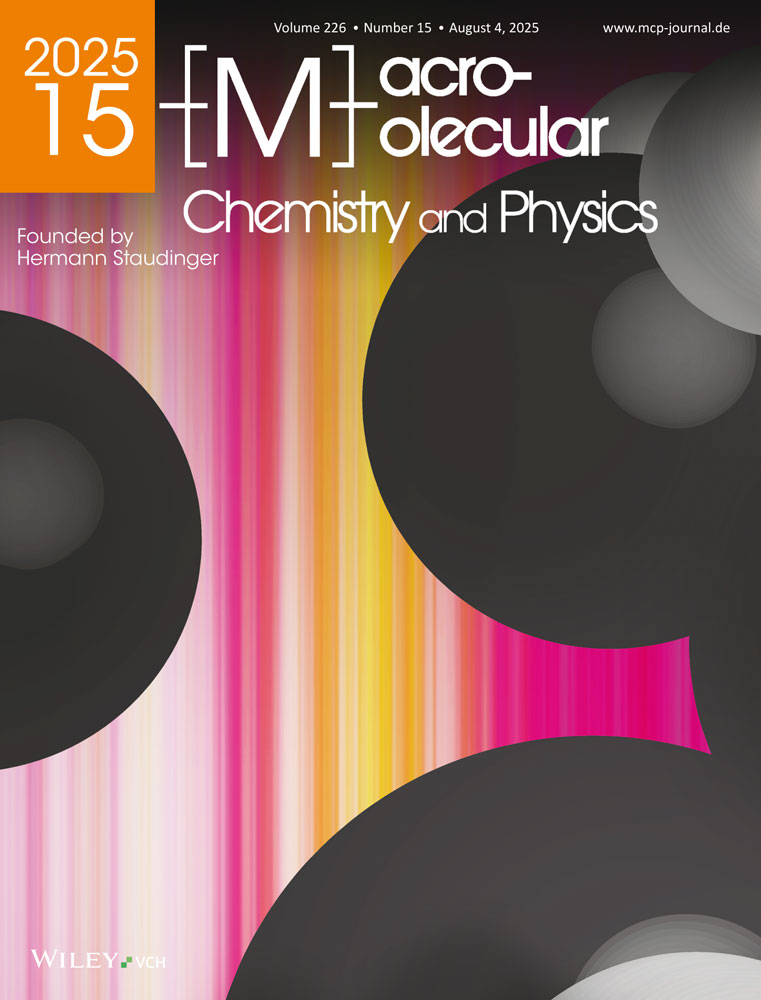Equilibrium sorption of disperse dyes in annealed high-density polyethylene films with relation to their mosaic-block structures
Abstract
A phenomenological theory of disperse dye sorption is presented in view of the mosaic-block structure model of a crystalline polymer. The sorption model is essentially based on the idea that disperse dyes are dissolved into two kinds of amorphous regions within the polymer: one consists of chains with relatively random conformation (the end region); the other is mainly composed of chains whose molecular arrangement is predominant in parallel alignment (the side region). Experimental findings derived from the equilibrium uptakes at 80°C of four disperse dyes by variously-annealed high-density polyethylene (PE) films are fully examined in terms of this theory. The dye sorption into the end region in every dyeing case decreases monotonically with increasing the crystallinity of PE; whilst that into the side region increases definitely, particularly in the case of rod-like dye molecules. The latter is probably reflected on the increase in the fraction of the amorphous chains with trans-type conformation, the development of which may be accompanied by thickening of lamellae, since straight-type chains of this molecular shape are preferentially effective in binding tightly to the rod-like dye molecules.




